If these lockdowns become permanent, call the doctor
As the pandemic drags on, we succumb to our weakest impulses and lose objectivity.
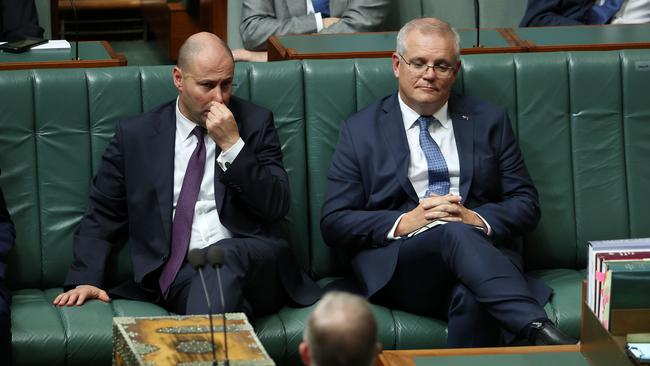
We’re a long way from the dread and consequences preceding the “recession we had to have”, but the fever around the daily number of NSW Covid-19 cases and infected people at large in the community transcends those “banana republic” days. Sydney’s outbreak, and ratcheted-up lockdown, has seeped into neighbouring states, with no end in sight to the rhetorical turmoil NSW Premier Gladys Berejiklian super-sized on Friday to a “national emergency”.
The economy is in limbo, both “better and worse” than where we were a year ago according to Deloitte partner Chris Richardson. Lockdowns have hit the economy hard and the Delta variant is a formidable foe, but we’re better equipped to handle it.
“It’s pretty big, it’s pretty ugly,” says Richardson of the blow to activity. “But this probably won’t be a recession. And it almost certainly isn’t a recession of the huge size we saw back in March and April and May last year. Partly that’s because this looks like mostly a NSW problem – so a problem for a third of the nation, instead of all of it. And partly because this time we have vaccines to help if lockdowns don’t do the trick.”
Josh Frydenberg says with three states in lockdown, Treasury estimates the economy is taking a $300m hit every day. Economists are expecting the September quarter national accounts to show a sizeable contraction because of the disruptions to retail and construction, but it depends on how long the lockdowns go and whether there will be more fiscal support.
As well, there’s likely to be a delay to new investment and hiring because of stop-start uncertainty, as well as job losses and a small rise in the jobless rate, back to 5-something per cent. As in Victoria, the labour market fallout in NSW is likely to be in reduced hours and a drop in participation.
The Morrison government’s key advisers say we have been in this territory before and businesses and shoppers do their thing as soon as restrictions are lifted. “There’s a lot of money on balance sheets,” says a government source.
But the unknowns are whether NSW infections skip across borders and how quickly the state can get the virus under control. If Covid-19 is still at large in NSW in two to three months, the double-dip recession becomes a strong possibility.
Working in our favour is a robust starting point, perhaps $150bn in excess household savings hoarded during the pandemic, vaccination rates ramping up, and cheap money from a central bank that will do whatever it takes to keep the economy flush. Even with interest rates at near zero, and its announcement of a tapering in “money printing” from September, or what polite economists call quantitative easing, the Reserve Bank has flexibility.
Canberra is confident it won’t be relying on fiscal policy alone, but if lockdowns develop an air of permanency there will be intense pressure to expand budget support, help more businesses and top up welfare payments.
Scott Morrison hasn’t got a lot of political runway, with an election due next May. Unemployment may have a 4 in front of it by late this year, but so does Newspoll on a two-party-preferred measure. This week’s reading showed the Coalition trailing Labor 47-53, the largest gap since the May 2019 poll.
If lockdowns persist, Morrison will be consulting his fiscal doctor. After all, he’s spent $300bn in direct support and won’t hold back if it helps to secure the Coalition a fourth term. Morrison and Frydenberg are politicians: winning elections is a KPI.
Labor is calling for a reprise of the successful $89bn JobKeeper wage subsidy. The Treasurer maintains that’s not going to happen, and besides, he argues the latest $375 and $600 relief payments are coming fast, and will keep coming. As well, they’re hitting the pockets of some workers who would have missed out under the JobKeeper’s qualification rules on the drop in revenue for an employer.
Income support is a wait-and-see, but vaccination is a clear and present issue. The vaccination program shape-shifts by the day, but it is scaling up, with pharmacies and more GPs added to the rollout. Vaccine supply is up, wastage is minuscule and there are 3 million doses (mostly AstraZeneca) in fridges.
Vaccine acceptance is growing, with outbreaks changing the conversation more than the Health Department’s inane communications effort. In the seven days to Thursday, the number of vaccines administered in all NSW settings – state clinics, GPs, aged care – was just under 400,000. Before the Bondi outbreak, the state was below 200,000 jabs a week.
But we can also fall victim to Covid funk. As the pandemic drags on, people see no end to restrictions and life interrupted; mental health deteriorates, especially among our young. We succumb to our weakest impulses and lose objectivity.
Richardson notes daily new cases in Australia are six per million people; in the US it’s 105 and in the UK it’s 680.
“No matter how you slice or dice it, Australia is still a massive outperformer on both the health and the economic fronts,” he says. “But we’re not seeing ourselves that way, and we run additional risks as a nation if our confidence crumbles more than it should.”
Words like “national emergency” focus the mind but also break the heart. Here’s to the day we’re not in a Covid-case attention frenzy, as we once were with the semi-obscure current account, now reported quarterly. By the way, in the March quarter our current account was in surplus by a record $18.3bn: no fever, no drama, no emergency.


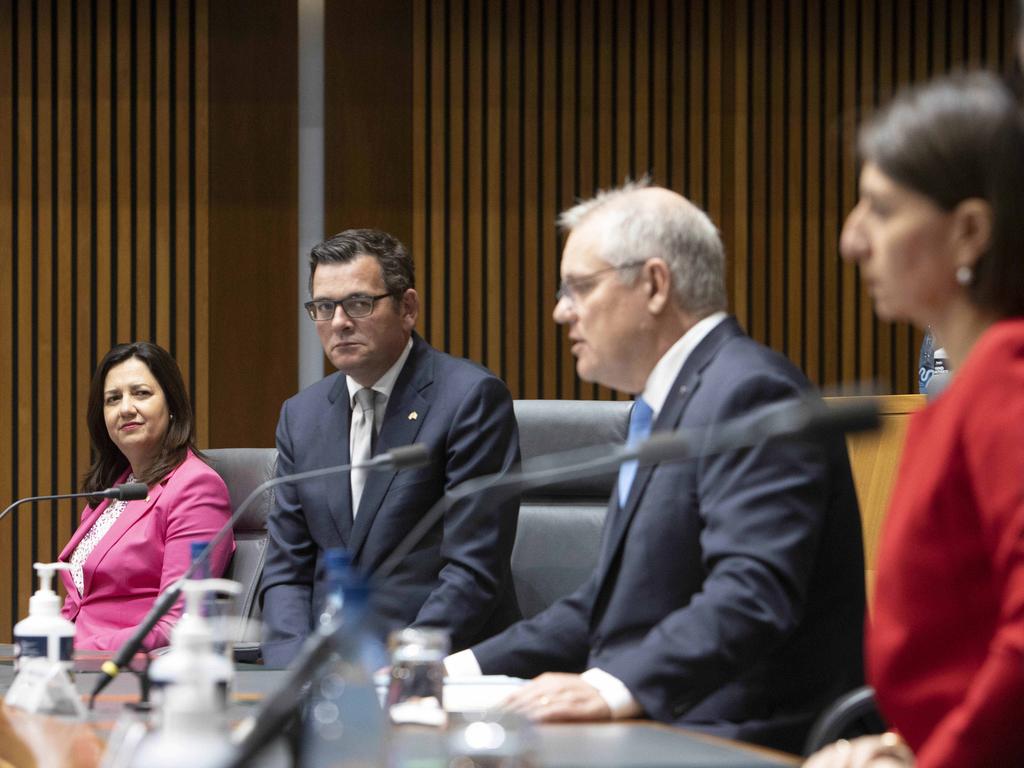
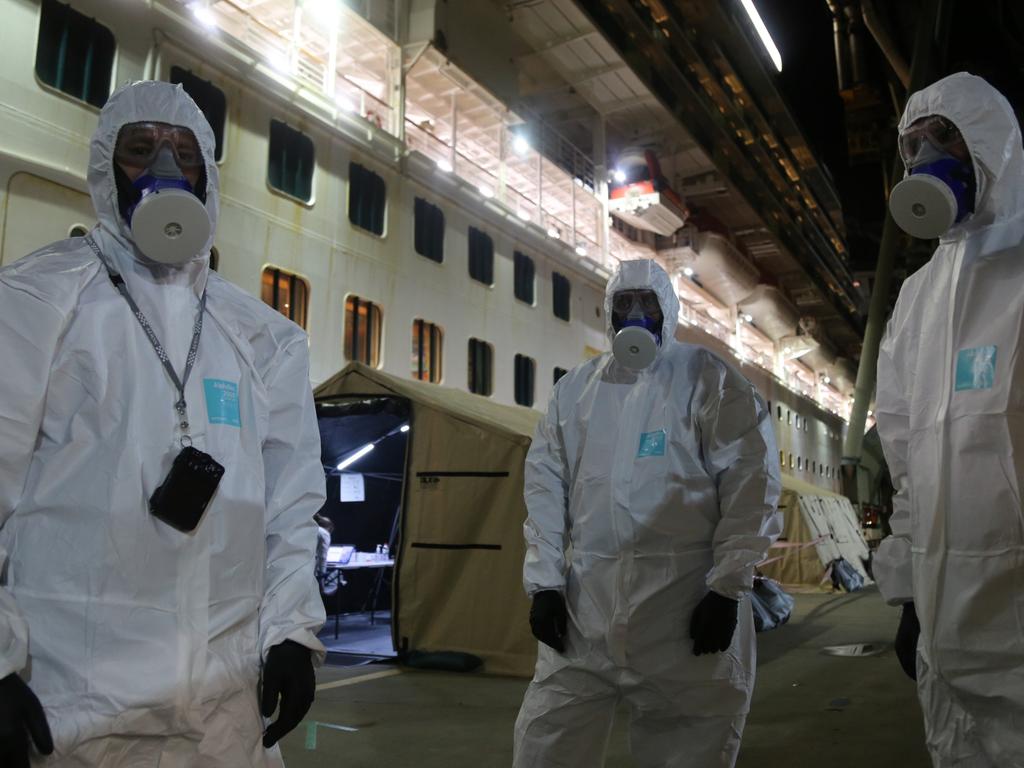
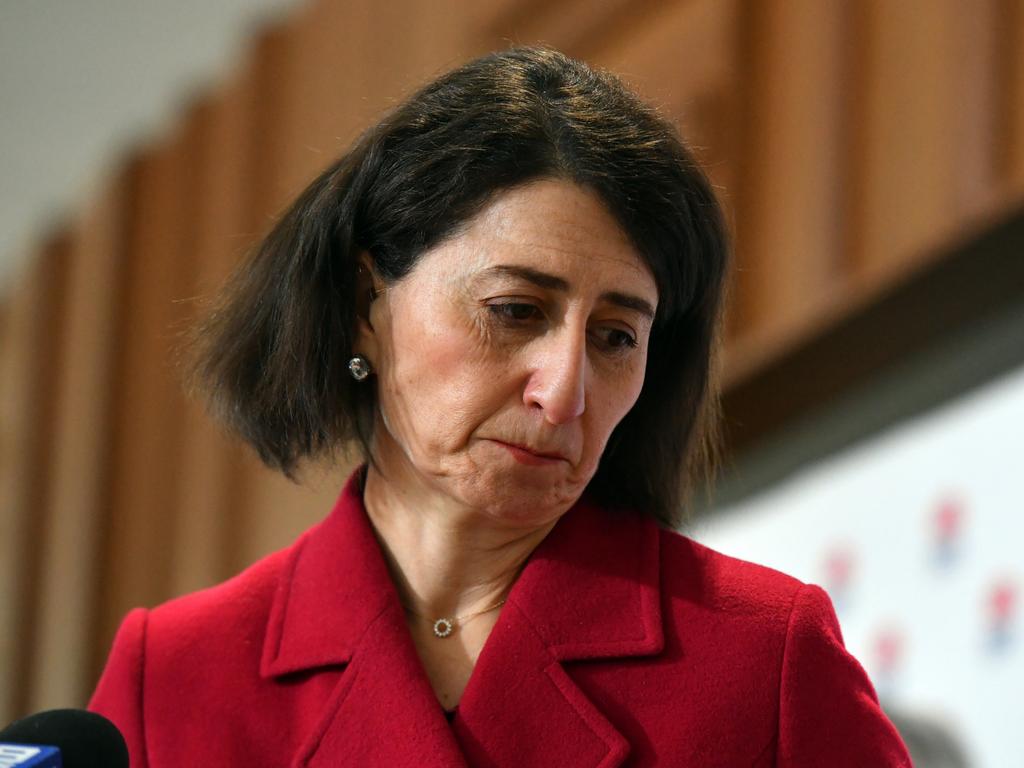
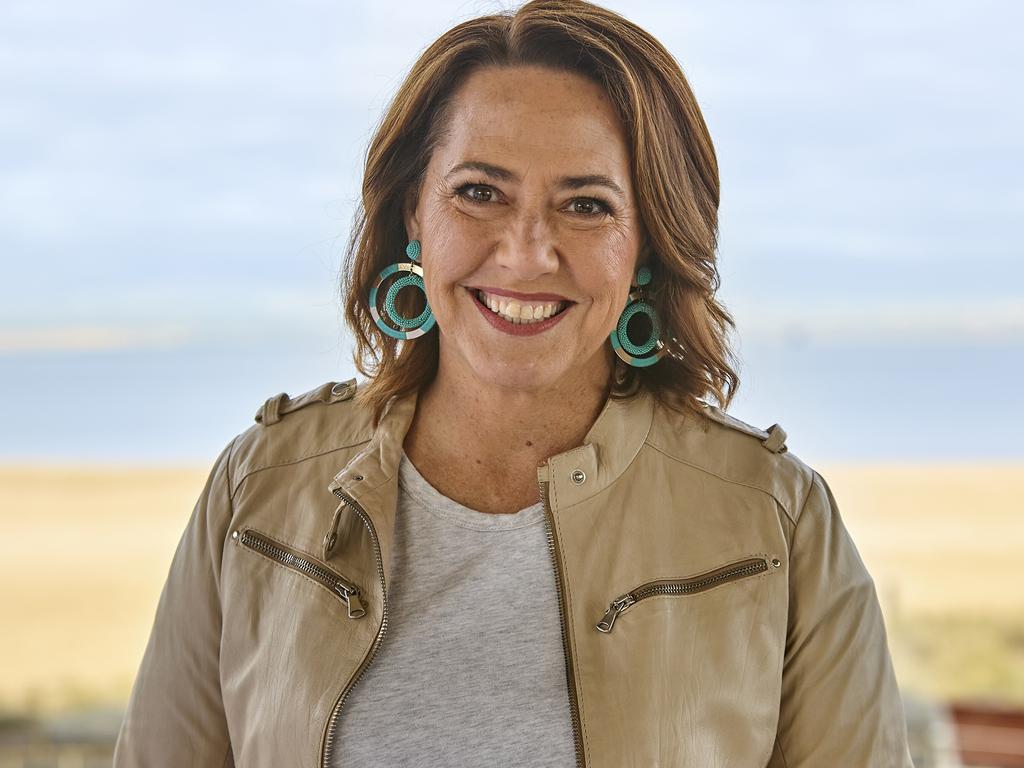


Back in the day, traders and economists would be in a whirl in the lead-up to the monthly release of balance of payments figures. The BOP revealed the current account deficit, which had become Paul Keating’s late 1980s policy fixation, with the Reserve Bank pushing up interest rates and the treasurer tightening the budget to reduce consumer demand, cut imports and keep a lid on foreign debt.